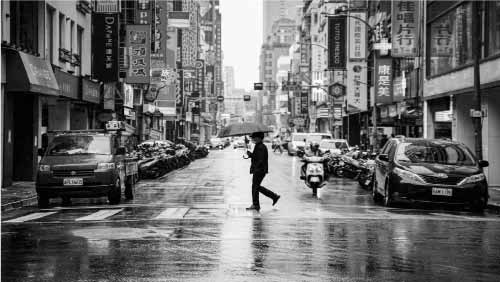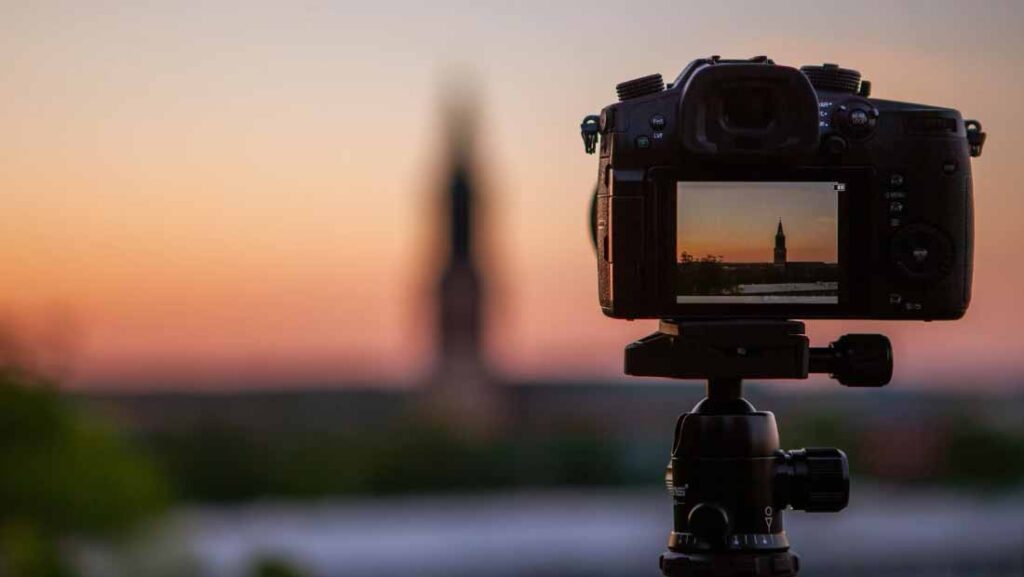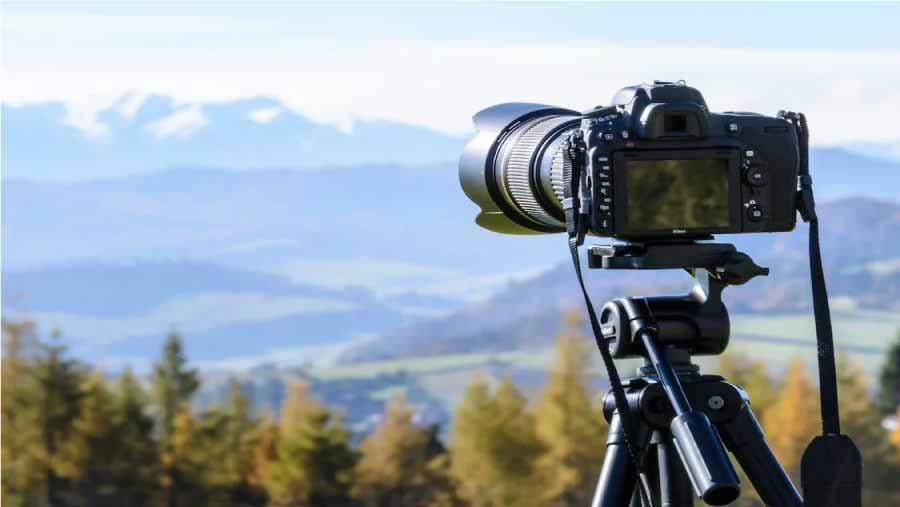Street photography (also known as street photography) is a genre of photography that focuses on capturing the life and culture of streets and the people who inhabit them. It is a way of documenting society and culture through the observation and capture of spontaneous and natural moments.
Street photography involves photographing people in public places, such as streets, squares, parks, markets, and public transportation stations, among others. The goal is to capture everyday scenes that reflect urban life and local culture.
Some of the common techniques used in street photography include using wide-angle lenses to capture a wide view of the surroundings, capturing spontaneous moments without warning, using natural light to create interesting shadows and contrasts, and black and white editing to highlight the atmosphere and tone of the image.
Street photography can be challenging, as it requires the photographer to have a knack for observing the surroundings and anticipating moments that might be interesting. It can also be a very rewarding genre, as it offers the opportunity to document people’s culture and lives in a unique and impactful way.
Use of wide-angle lenses
Wide-angle lenses are a very useful tool in street photography, as they allow you to capture a wide view of the environment and show more elements in the scene. This is especially useful when it comes to capturing urban life and people on the move.
Wide-angle lenses have a focal length of less than 35mm and have a wider angle of view than standard lenses. This means they can show more detail in the scene and create a sense of depth in the image.
When using a wide-angle lens in street photography, it’s important to consider the perspective distortion it can create. Objects near the lens may appear larger than those farther away, which can make the proportions of the image look a little strange. However, this can also be a creative tool and can be used to create interesting and original images.
In addition, wide-angle lenses are also useful for capturing architectural details and monuments of the city, which can add context and depth to images. Overall, the use of wide-angle lenses in street photography is a very effective technique for showing urban life and culture in its full environment.
Capture spontaneous moments without warning
Capturing spontaneous moments without warning is one of the key techniques in street photography. It’s about observing the surroundings and being prepared to capture interesting moments that happen without warning.
In street photography, spontaneous moments can range from the interaction between two people on the street to a child running through a park. It’s important to be vigilant and quick to capture these moments, as they can last only a few seconds.
To capture these spontaneous moments, street photographers often use the technique of “decisive moment”. This technique refers to capturing the perfect moment in which all the elements of the image are aligned perfectly, as if it were an instant “click”.
To capture these moments, it is important to have a good technical knowledge of the camera, a clear understanding of composition and lighting, and the ability to anticipate the movement and action of people.
In addition, it is important to keep in mind the ethics of street photography and respect people’s privacy. It is important not to photograph people who clearly do not wish to be photographed or use the images inappropriately. Street photography should be a way to document the life and culture of the city, not to invade people’s privacy.
The use of natural light
The use of natural light is a key technique in street photography. Natural light, as the name suggests, is sunlight that is available in the environment and can be used to illuminate the scene.
In street photography, natural light is important because it can create interesting shadows and dramatic contrasts that can enhance the composition and atmosphere of the image. In addition, natural light can also add a sense of realism and authenticity to images.
To take advantage of natural light in street photography, it is important to take into account the time of day in which the photo is being taken. Natural light is softer and warmer during the early morning and late afternoon, which can create soft, warm shadows that can be very attractive in images.
However, natural light can also be challenging, especially on cloudy days or in direct sunlight. In these cases, it is important to use techniques such as the use of shadows or the search for places with soft and diffused natural lighting.
Overall, the use of natural light in street photography is an important technique that can add a special touch to images and create a unique and authentic atmosphere.
The black and white edition
Black and white editing is a widely used technique in street photography, as it can give images a timeless and artistic look. A black and white edition can also be used to create greater contrast and drama in the image, which can be very effective in street photography.
When editing in black and white, it is important to consider the tonality of the image and the relationship between shadows and lights. Black and white editing can be used to increase contrast and add more depth to the image.
In general, black and white editing is a very personal and subjective technique. Some photographers prefer to edit all of their images in black and white, while others prefer to edit only some of their images. It is important to experiment with different editing techniques and find the style that best suits the images and the photographer’s personal vision.
However, it’s also important to note that not all images work well in black and white. Images that rely on color saturation or have vibrant colors may lose their black and white impact. In these cases, color editing may be more effective.


